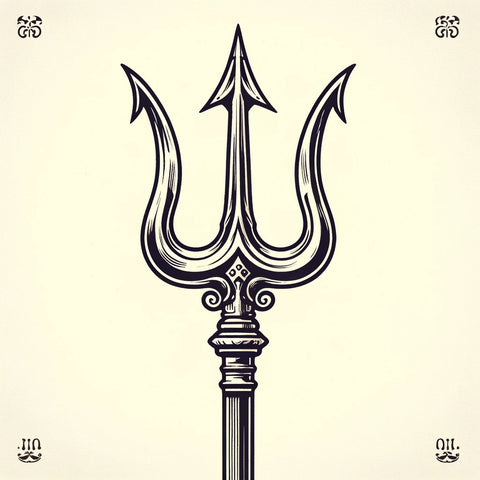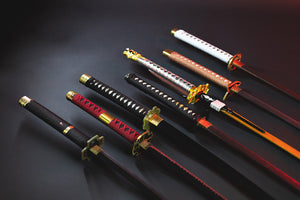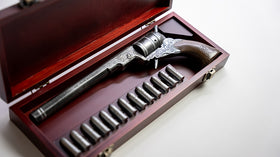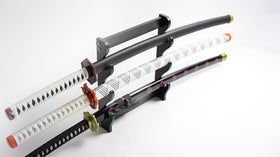
Mastering the Reach: Polearms and Their Battlefield Dominance
Polearms have been a pivotal part of military history, serving as both symbols of martial prowess and practical tools of war. These weapons, which consist of a long shaft with a sharp point or blade at one end, come in various forms and have been used across different cultures and periods. Understanding polearms and their advantages illuminates why they have been so prevalent throughout history.
What is a Polearm?
A polearm is a category of weapons primarily used in medieval and Renaissance warfare, but with roots that trace back to ancient times. Characteristically, it combines features of both the spear and the axe, with a long shaft that allows the wielder to strike, thrust, or hook from a distance. Polearms were designed to counter the advantages of mounted and armored opponents, offering infantry a means to engage effectively in combat.
What Are The Advantages of Polearms?
Polearms offer several strategic advantages on the battlefield. Their length allows soldiers to fight enemies at a distance, reducing the risk of direct harm. This reach was especially useful against cavalry, as the polearm could unseat a mounted opponent. The variety of polearm heads—blades, spikes, and hooks—provided versatility, enabling users to thrust, slash, or even disarm opponents. Additionally, the extended reach facilitated formation tactics, where soldiers could create impenetrable walls of pikes or spear points against charges.
Different Types of Polearms
Spear
The spear is perhaps the most fundamental and widespread polearm, used by virtually every culture around the world. Consisting of a pointed tip on a long shaft, spears were used for thrusting and throwing, offering simplicity in design and effectiveness in battle.

Halberd
The halberd is a distinctive polearm that features a combined axe blade and spike, mounted on a long shaft. It was designed to pierce armor, hack at opponents, or hook riders off their mounts. The versatility and effectiveness of the halberd made it a favorite among foot soldiers facing armored adversaries.
Glaive
A glaive is a polearm with a single-edged blade on the end, resembling a large knife or short sword. It was used for slashing at enemies, with the long shaft providing leverage for powerful strikes.
Corseque
The corseque features a long, spear-like point flanked by shorter side blades or flukes. This design was effective at both thrusting and slicing, offering a blend of offensive capabilities.
Bardiche
A bardiche is a type of polearm with a large, broad blade attached to a long shaft, often set at an angle. It was used for powerful chopping strikes, capable of breaching armor or shields.
Pike
The pike is a very long spear, sometimes exceeding 15 feet in length, designed primarily for use against cavalry. Pikemen would form tight formations, presenting a forest of points to charging opponents.
Poleaxes
Poleaxes combine elements of spears, axes, and hammers, offering a multi-functional weapon that could thrust, slice, and bludgeon. They were particularly effective against armored opponents.
Tridents
Tridents, with their three-pronged heads, are more often associated with fishing than warfare. However, they were also used as weapons, capable of ensnaring weapons or armor, and inflicting multiple wounds with a single thrust.

Guandao
The guandao is a traditional Chinese polearm with a heavy blade and a spike at the back. It combines the weight and power of an axe with the cutting edge of a sword, making it deadly in skilled hands.
Naginata
The naginata, a Japanese polearm, features a curved blade atop a long shaft, offering a balance between the reach of a spear and the cutting power of a sword. It was particularly favored by samurai and warrior monks.
Lance
Lances were long, straight polearms designed for use in a mounted charge. With a solid shaft and a pointed tip, the lance was a weapon of shock and penetration, capable of devastating impact at high speed.
Polearms represent a fascinating and diverse family of weapons that played a crucial role in the tactics and outcomes of historical battles. From the versatile halberd to the formidable pike, diversity of these types of weapons offered soldiers a combination of reach, power, and adaptability that shaped the way warfare was conducted across different eras and cultures.





Leave a comment